|
Introduction Solidago Canadensis is my plant #24 in my native plant collection series. Solidago is solid – on any site where it is established as well as in the Latin translation of the word – "makes whole" – for its medicinal uses in indigenous traditions. Commonly called Canada Goldenrod it is one of about 25 Goldenrod species that are native to Ontario, all of which are oh so showy! And so bright. Powerful in beauty but also aggressive and prolific. Usually, the volunteer goldenrod that shows up in your garden and dares to show off its exuberant bright yellow blooms with no help at all is Canada goldenrod. C. goldenrod sees a garden and decides to come and take part in the party. It is up to the gardener weather or not she/he wants to allow it to stay. I welcome it because it has great value which I am about to discuss but I keep it up to a threshold. I will list some techniques in the “tips” section of this plant feature. Description In late summer it starts blooming on 4-5 feet tall stems. It sends out arching branches covered with tiny golden yellow flowers that create a panicle type bloom that looks like fireworks in structure and brightness. It is clump forming but also sends out rhizomatous roots that grow more stems all over the garden as well as it spreads from seeds so if not maintained it will colonize large areas. This vigour, as well as its height make it out-compete other plants. Wildlife value Dozens of bees and butterflies as well as flies and wasps will have a ball with it. C. goldenrod is very important to them. It provides them with lots of nectar and pollen as well as a pithy stem that makes a safe and cozy winter shelter for borrowing bees. I found out something amazing – over 40 species of moth caterpillars feed on its foliage! Birds feed the caterpillars to their babies and some birds eat the seeds too so this plant has huge value to wildlife. Growing conditions A perennial of unused grounds, abandoned field, roadsides, river banks, forest edges, savannas, in full sun to part shade. It will fill bare soil patches in the area where it arrives unless the area is water logged or absolutely completely dry. Although it is drought tolerant, the lower edges of the leaves will dry out and fall off during prolonged drought. Canada goldenrod tolerates poor to moderate soil as long as it drains well, in full sun to partial sun. Recommended planting situations are: Prairie or meadow garden, pollinator garden, wildflower garden, back margins or edges of a property. Companions: New England Aster (Symphyotrichum novae-angliae), Blue Wood Aster (symphyotricum cordifolium), Wild Geranium (Geranium maculatum), Indian grass (Sorghastrum nutans), Switch grass (Panicum virgatum), Big Bluestem (Andropogon gerardii), Giant Ironweed (Vernonia altissima), Woodland Sunflower (Helianthus divaricatus), Smooth Oxye (false sunflower: Heliopsis helianthoides), In my garden I have Ironweed growing beside Canada goldenrod in the food forest and Joe-Pye Weed with Canada goldenrod in my pollinator garden. I am trying to get more asters growing among it but they are currently not quite established yet. Tips
Goldenrods for gardens (that won’t take over and behave nicely):
I promised to share what is growing in my experimental garden collection: I have lots of Canada goldenrod that is entirely volunteer. I planted non of them. I started two varieties from seeds: Stiff goldenrod has established successfully in my front yard pollinator garden (see the descriptions in the photos I have shared). Grass-leaved goldenrod, which is quite an aggressive spreader, I took forever to decide where to plant it and I finally plopped it in the ground in fall and might move it in spring but I have confidence it will find its spot. The outcome of it is yet to be seen in my gardens so please let me know if you have any experiences with it.
That’s what I have for goldenrod. Make sure to do research about the kind of goldenrod you intend to plant. Whatever goldenrod you end up choosing, I’m confident it will be happy in your garden. Make sure you are too. Happy gardening!
0 Comments
I have been posting regularly about my native plants collection and as my research and overall details are becoming a bit more extensive, I decided to incorporate at least this plant feature in my blog. If you are interested in native plants, please check out the Sharona Landscape Design Facebook page to see the rest of my featured plants (22 posts up to now). I think it’s time to change size. Plant #23 in my native plants collection is a shrub or small tree called Amelanchier, commonly called by many names: Serviceberry, Saskatoon, Juneberry, Shadbush, Shadblow, Sugarplum, Sarvis and there may be other names. Those who study the traditional knowledge and customs of a people concerning plants know, the more names a plant has, the greater its cultural importance. Gardeners know that Serviceberry has many interesting features that make it extremely garden friendly in almost every condition and situation. It has delicate white flowers arranged in clusters that turn into multi coloured berry like fruit in red, deep magenta and shades of purple. It has smooth graceful looking leaves that turn a vivid red, orange and burgundy in fall. Some may turn shades of yellow, pink and purple. The bark is smooth, slate-grey, some may look silvery, somewhat metallic and highlighted in contrast to the leaves. The flower buds are long and pointy. It is a top favourite small tree or large shrub to many garden designers, including myself. When I first tasted the berries of my first Serviceberry tree, I was so impressed. These berries are richly nutritious and sweet. I assumed that the berries had served some people somehow and that’s how it got its common name but actually it is the flowers that gave people service. The flowers bloom as soon as the ground thaws in early spring and that signalled that burials can take place. It is after burial services that it got its name. The plant does however provide countless goods and services to humans and other animals, including browsing mammals, early pollen for emerging insects, it is host to several butterfly larvae including Tiger Swallowtails, Viceroys, Admirals, and Hairstreaks and it feeds birds providing them the energy needed in the breeding season. The berries can be picked before they turn completely ripe and dark purple. Magenta coloured ones taste just as good. They can be eaten fresh, kept frozen or dried. I do have a Serviceberry cook book that I found on Amazon. You must be curious what they taste like – I found a beautiful article (“The Serviceberry – An Economy of Abundance” by Robin Wall Kimmerer) on a site called ‘Emergence Magazine’ that describes its taste so well: “a Blueberry crossed with the satisfying heft of an Apple, a touch of rosewater and a minuscule crunch of almond-flavored seeds. They taste like nothing a grocery store has to offer: wild, complex with a chemistry that your body recognizes as the real food it’s been waiting for.” I agree! (Kimmerer, 2022). The berries are so ornamental. They hang like pendants on the tree and when gathered in a bowl they look like precious beads.
It can be hard to tell different serviceberry species apart, but they are often multi-trunked, some grow thickets, meaning they sucker and their berries vary a bit in moisture retention and sweetness. The density of their growth habit may also differ. According to the Tree Atlas on the Government of Ontario website, Serviceberries are a group of similar species found throughout Ontario, as far north as James Bay. Tree-sized species include Saskatoon serviceberry (A. alnifolia) found near the Ontario-Manitoba border, downy serviceberry (A. arborea) native to southwestern Ontario, and smooth serviceberry (A. laevis) found from Southern Ontario north to Lake Superior. It probably won’t surprise you that I grow all of them 😊 They can be purchased and pruned as single-stem specimen trees or naturalized and allowed to form multi-stemmed clumps or hedgerows. Smooth serviceberry (A. laevis) will sucker least and is best suited to growing as a single trunk tree. When choosing your Serviceberry, consider how tall you want it to be. Do you want just the birds to eat the berries or would you like to be able to harvest them? Do you like the single trunk look for your space or the multi stem look? Consider the overall growth rate you would like. My A. canadensis grows extremely slow. The shrubs next to it are competing with it in height. A. alnifolia is a shrub that grows very slow too. A. laevis seems to be the fastest growing serviceberry and is sometimes planted as an urban street tree. Amelanchier laevis is said to have the sweetest fruit of all other Serviceberry species. It has dense, fine-textured branching. It grows up to 25 feet as a multi stemmed tree and as a single trunk it can grow more than twice as high. There is a natural occurring hybrid between A. arborea and A. laevis called Apple Serviceberry with silvery-grey bark, larger flowers than other serviceberry trees and a more densely branched, upright, bushy growth habit. Check out cultivars too. Princess Diana is an excellent tree. I have seen cultivars with pink blooms and there is Smooth Serviceberry ‘Snowflakes’ which has pure white blooms and vivid copper new leaves in spring. What an amazing contrast. This tree shines! Serviceberry’s native habitat is woods, swamp margins and forest margins so grow Serviceberries in moist to dry soil in full sun to part shade to shade. You can grow it as an understory tree or shrub or in full sun. Use it in a woodland garden or naturalized setting, as a hedge or a specimen. |
Sharona GorenAvid gardener. Experimenter. Striver. Nature lover. Seeker. Archives
December 2022
Categories |
Site powered by Weebly. Managed by Netfirms

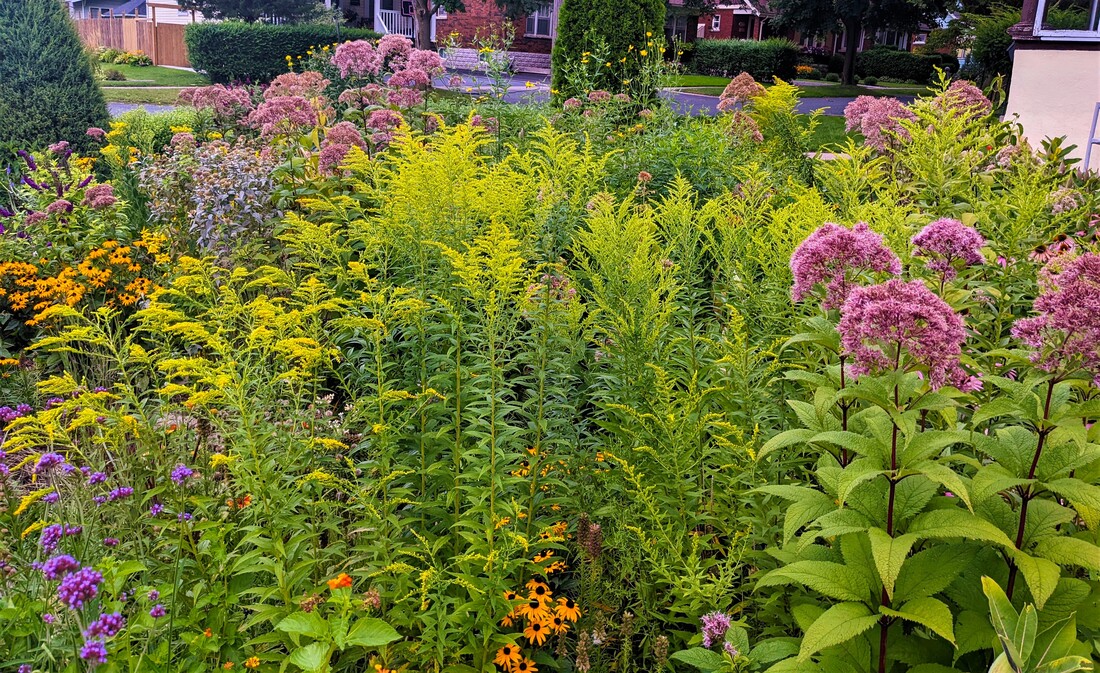
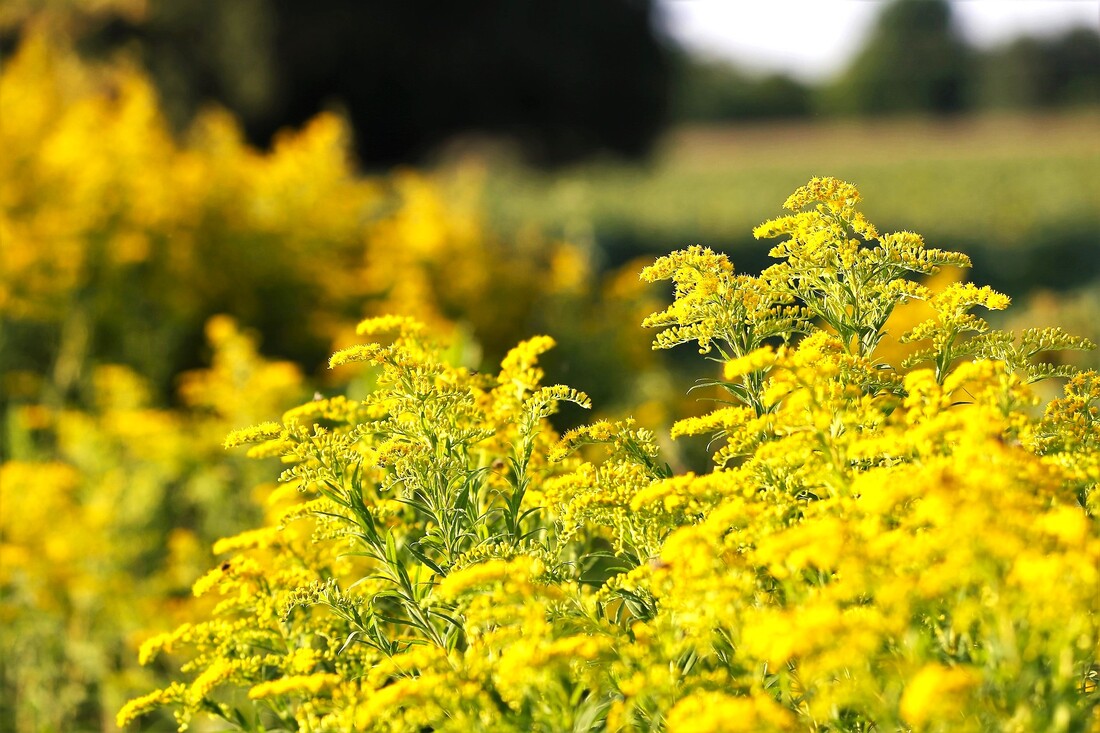
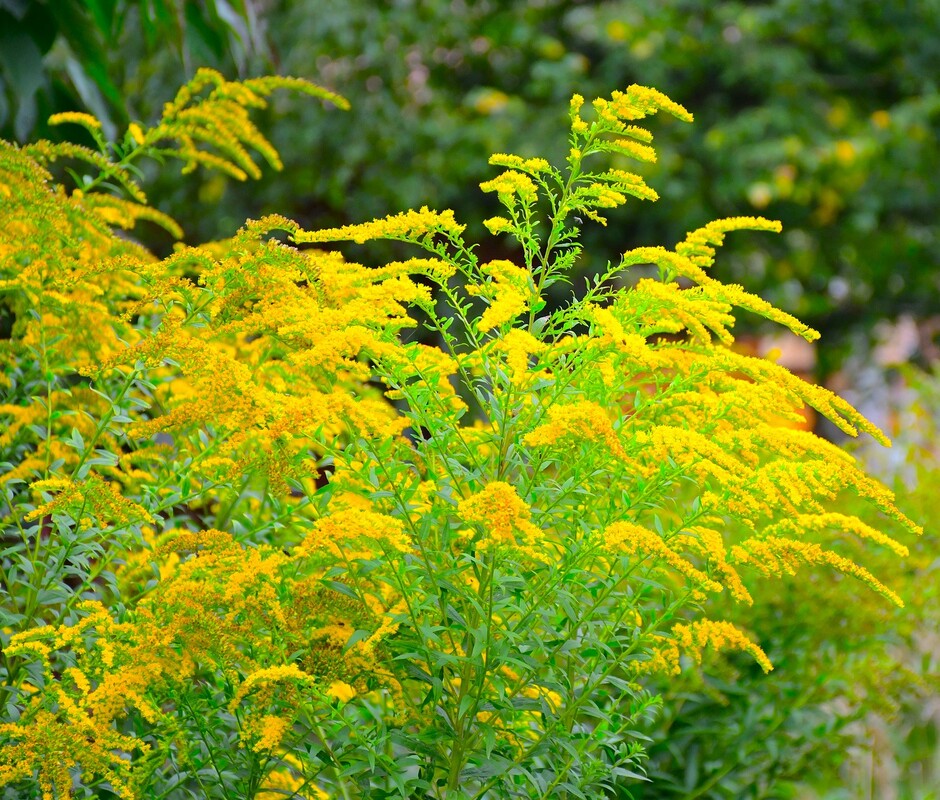
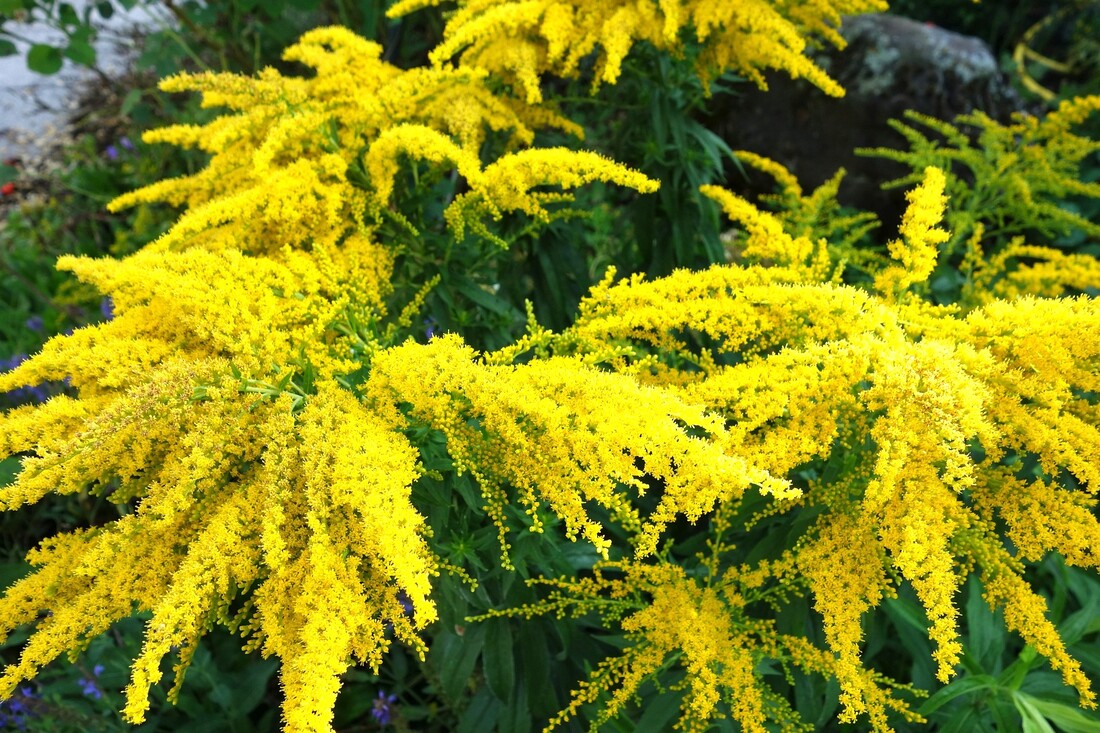

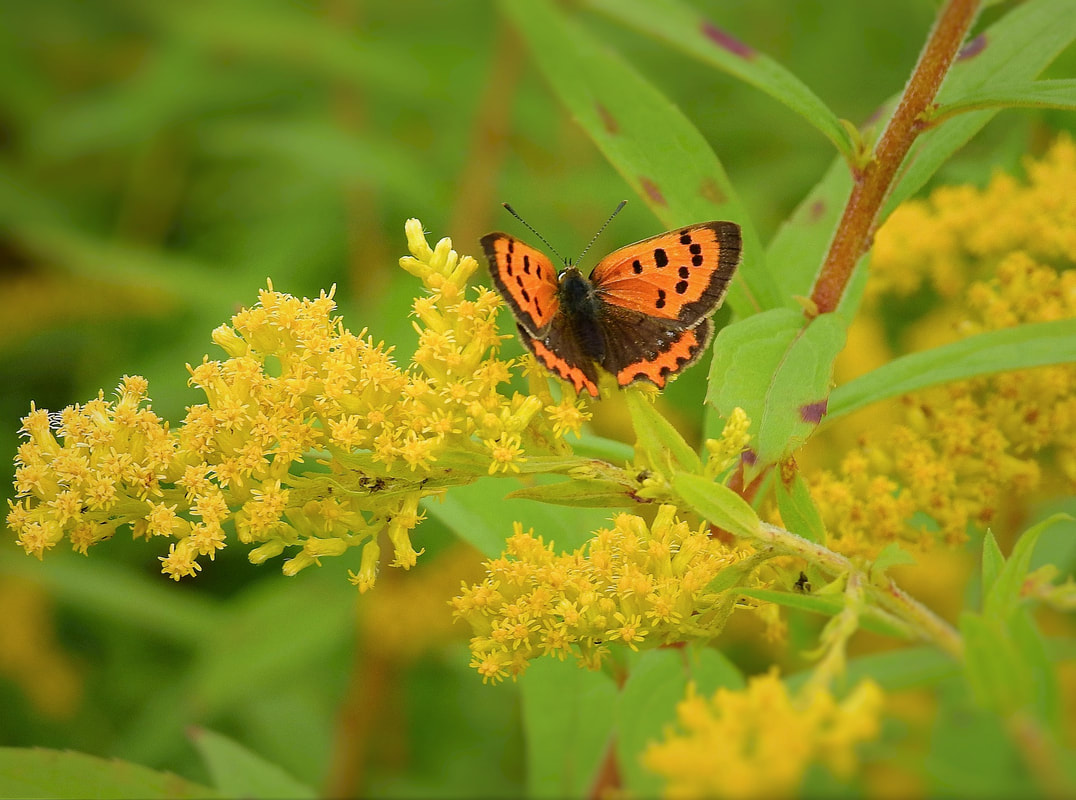
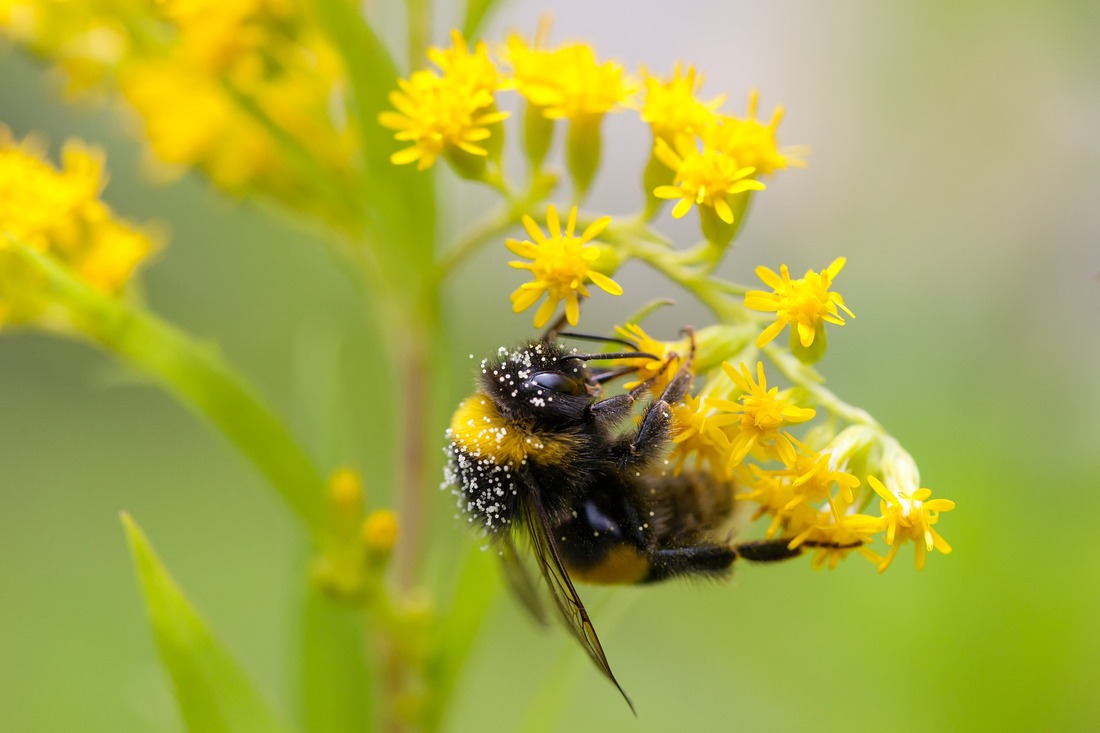
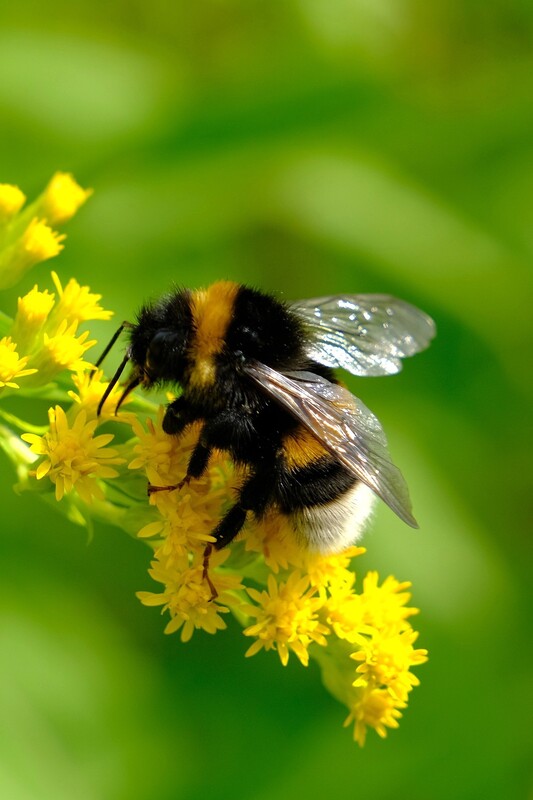
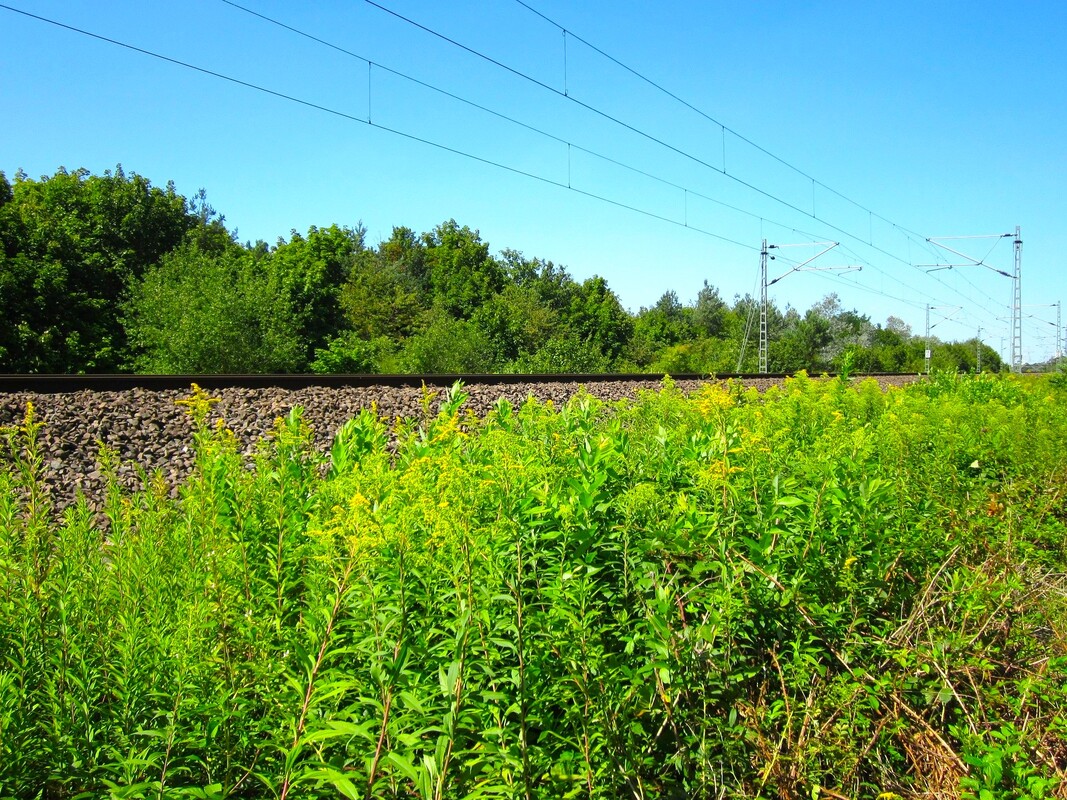

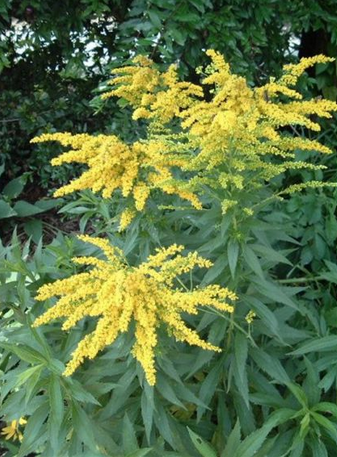
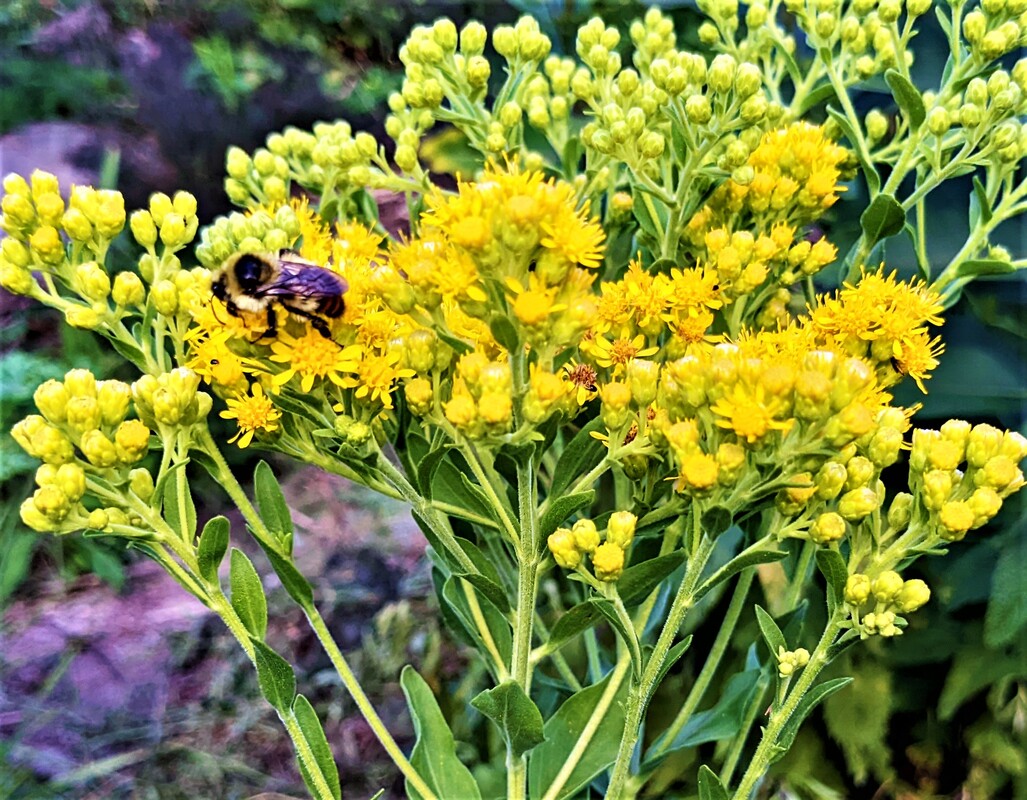
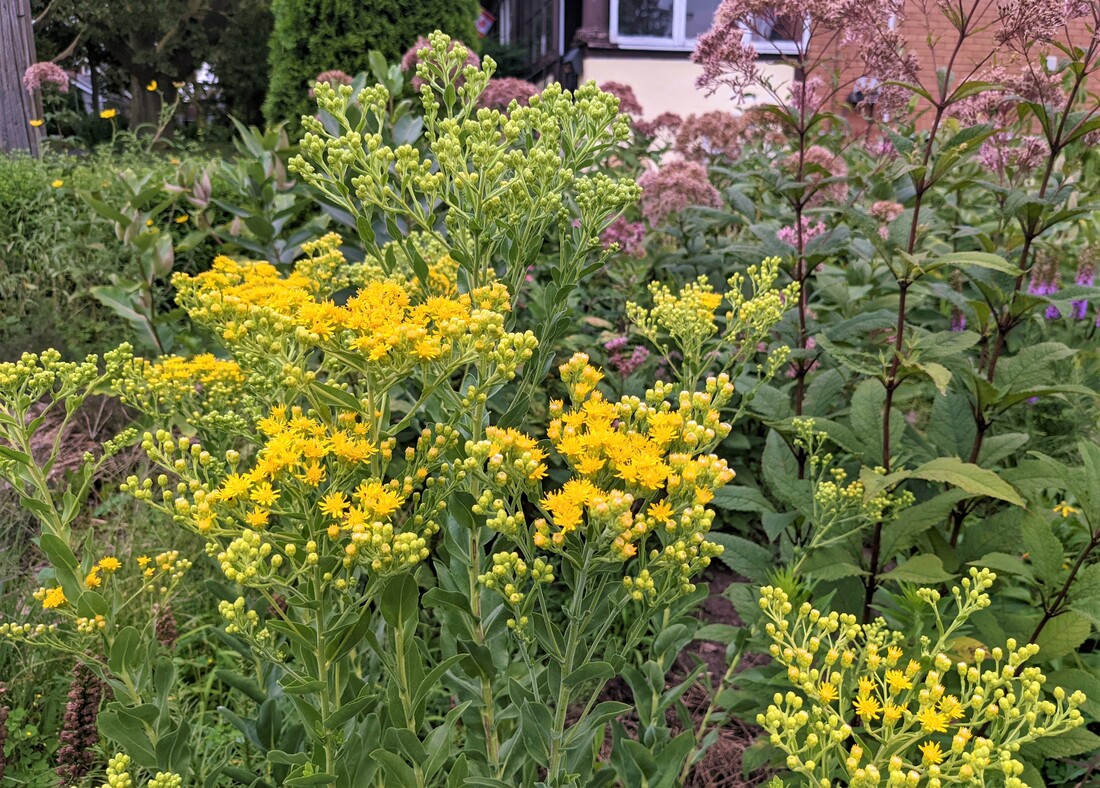
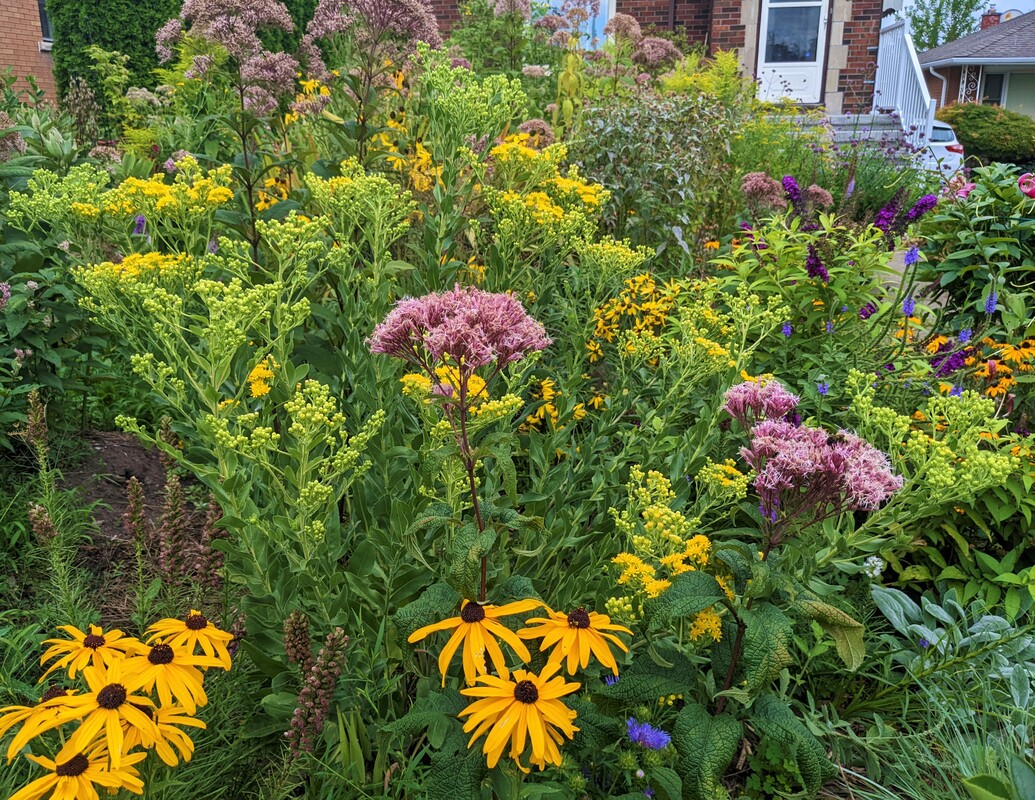
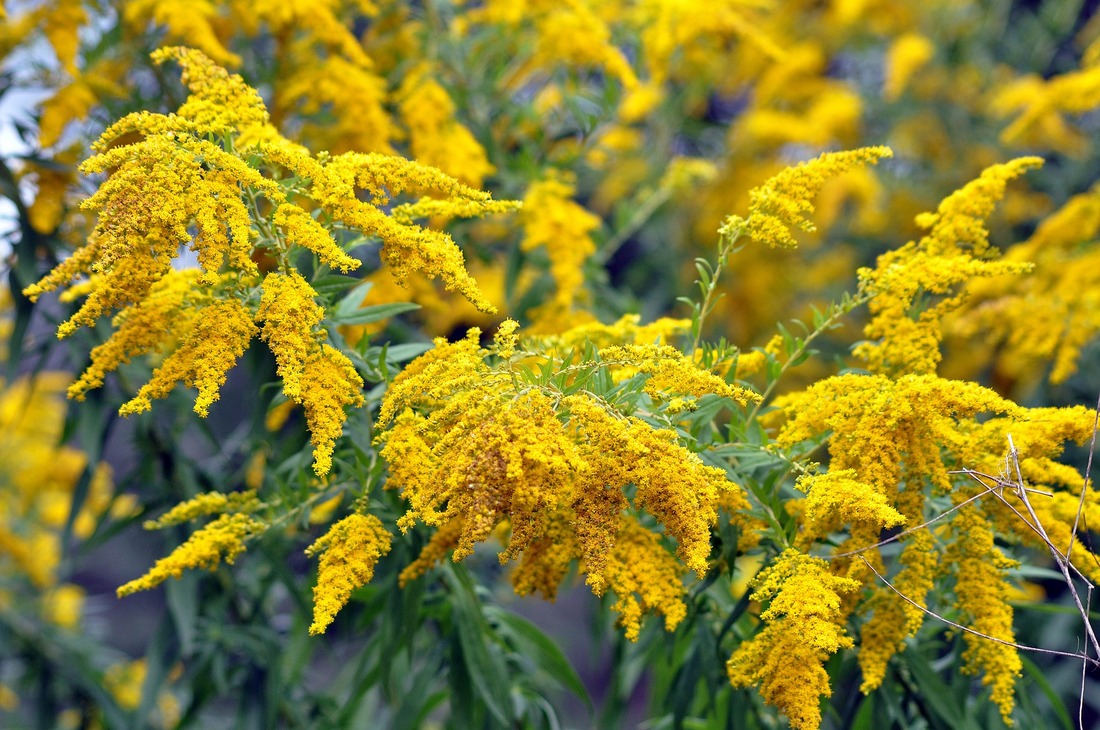
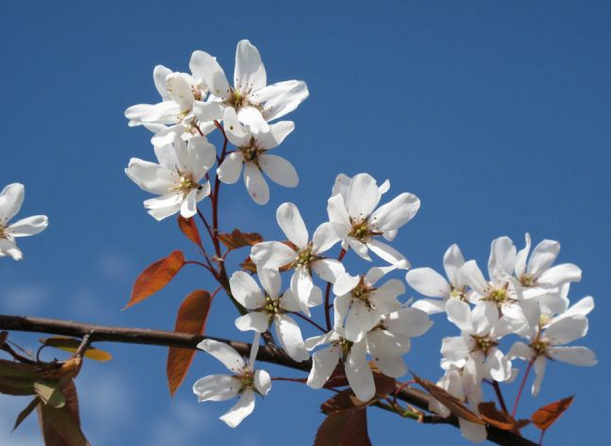
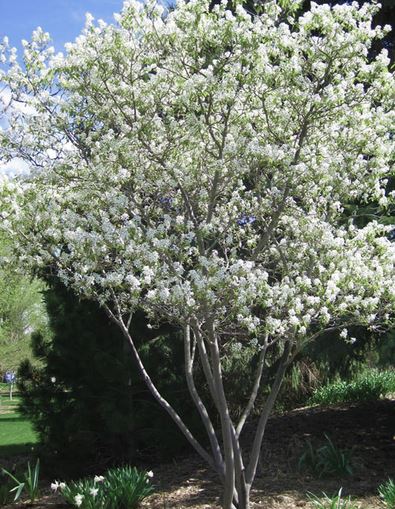
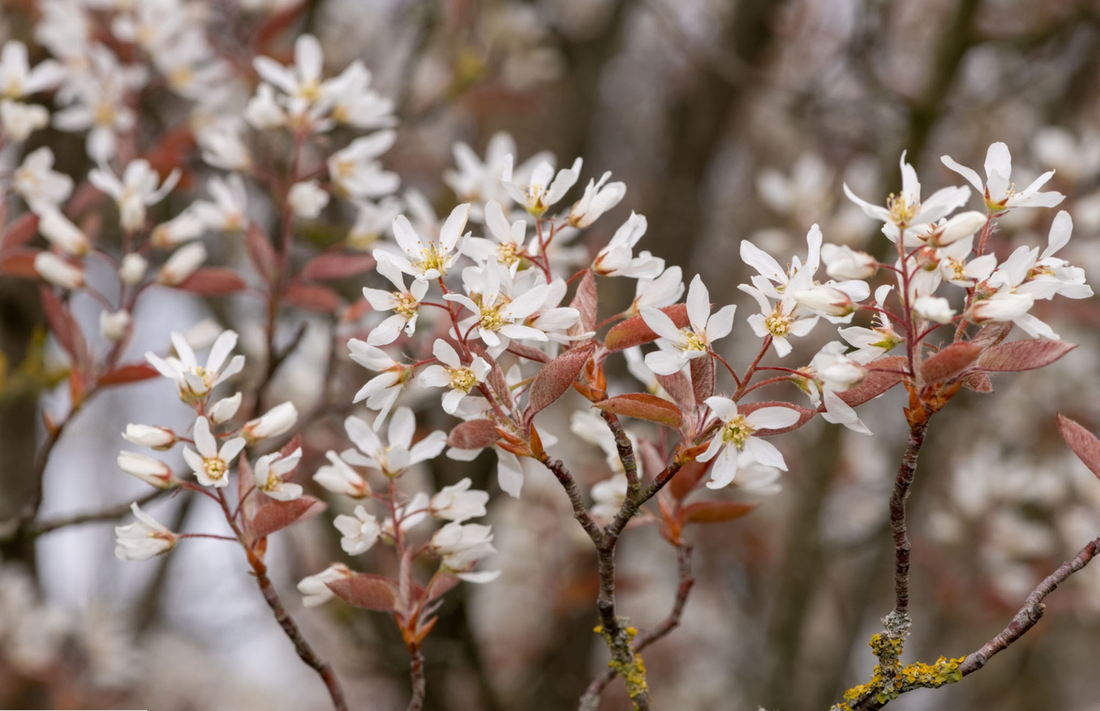

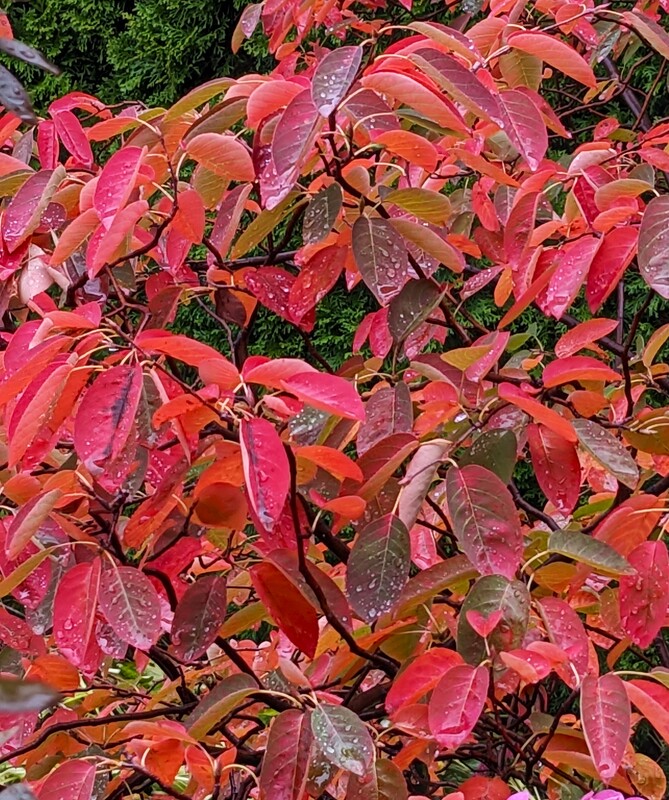
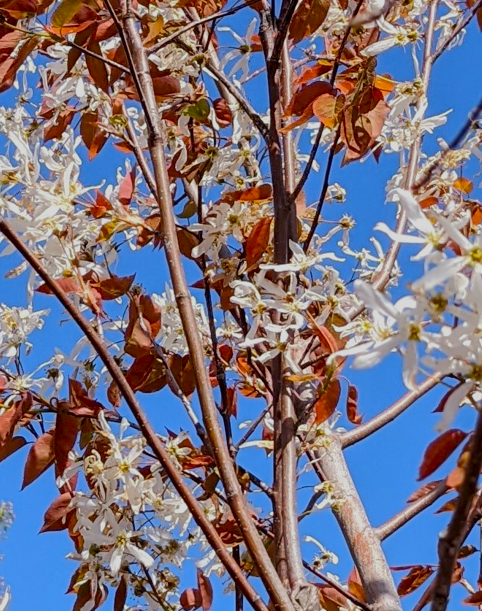
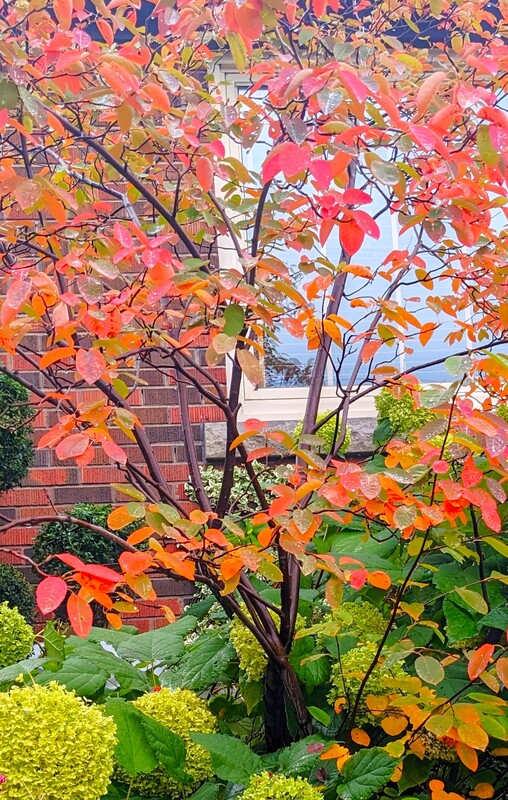
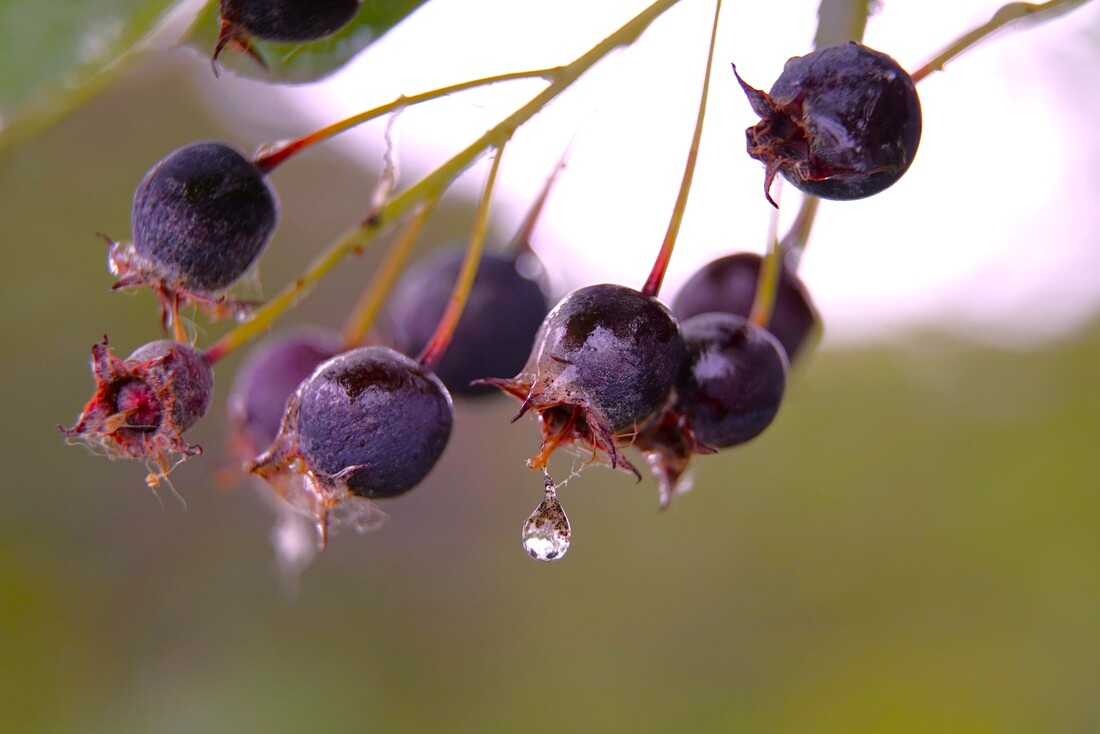
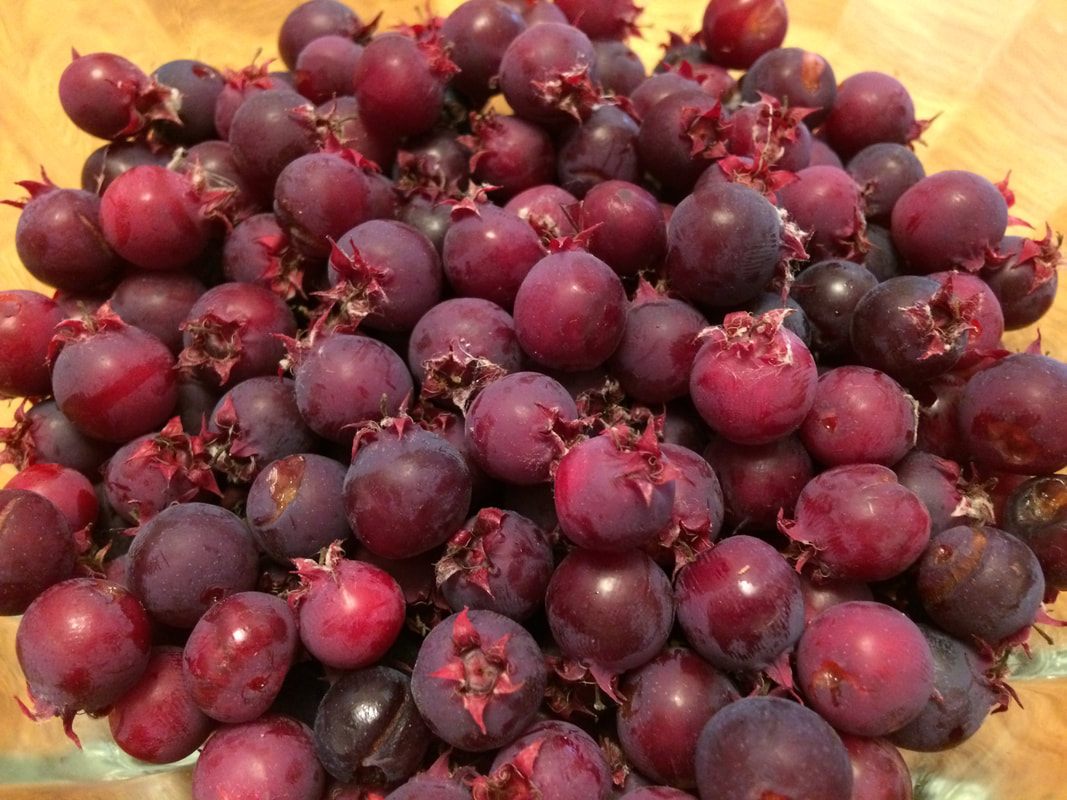
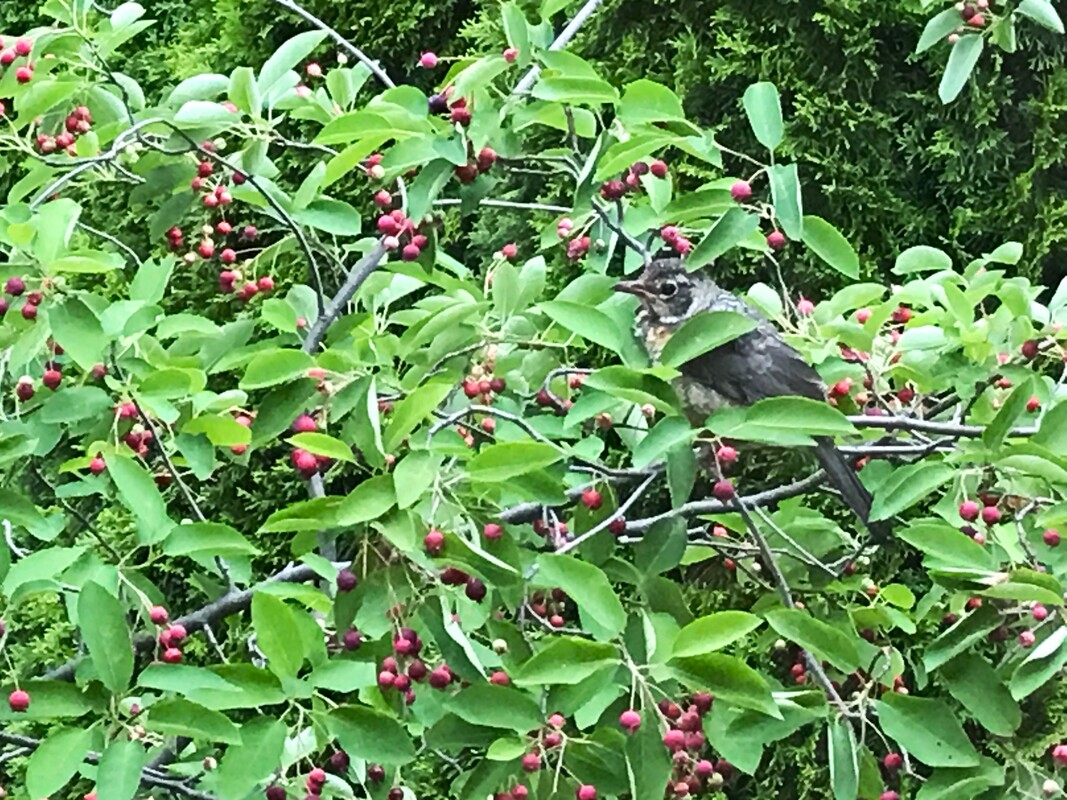
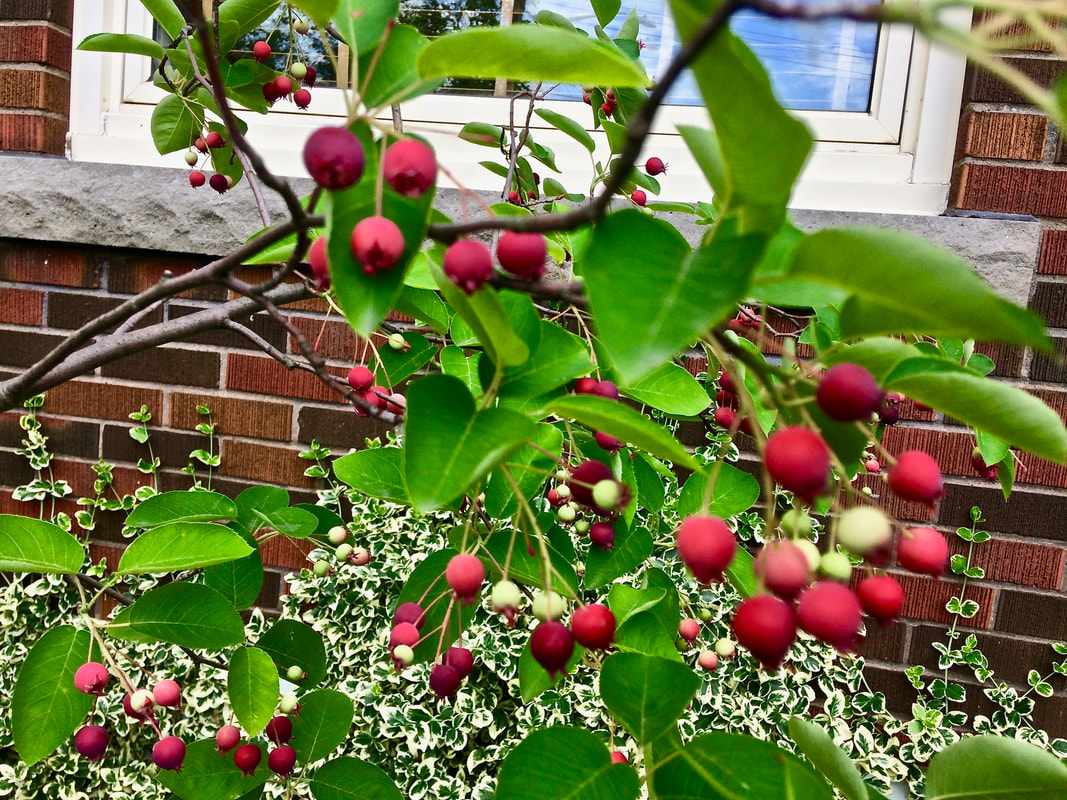
 RSS Feed
RSS Feed